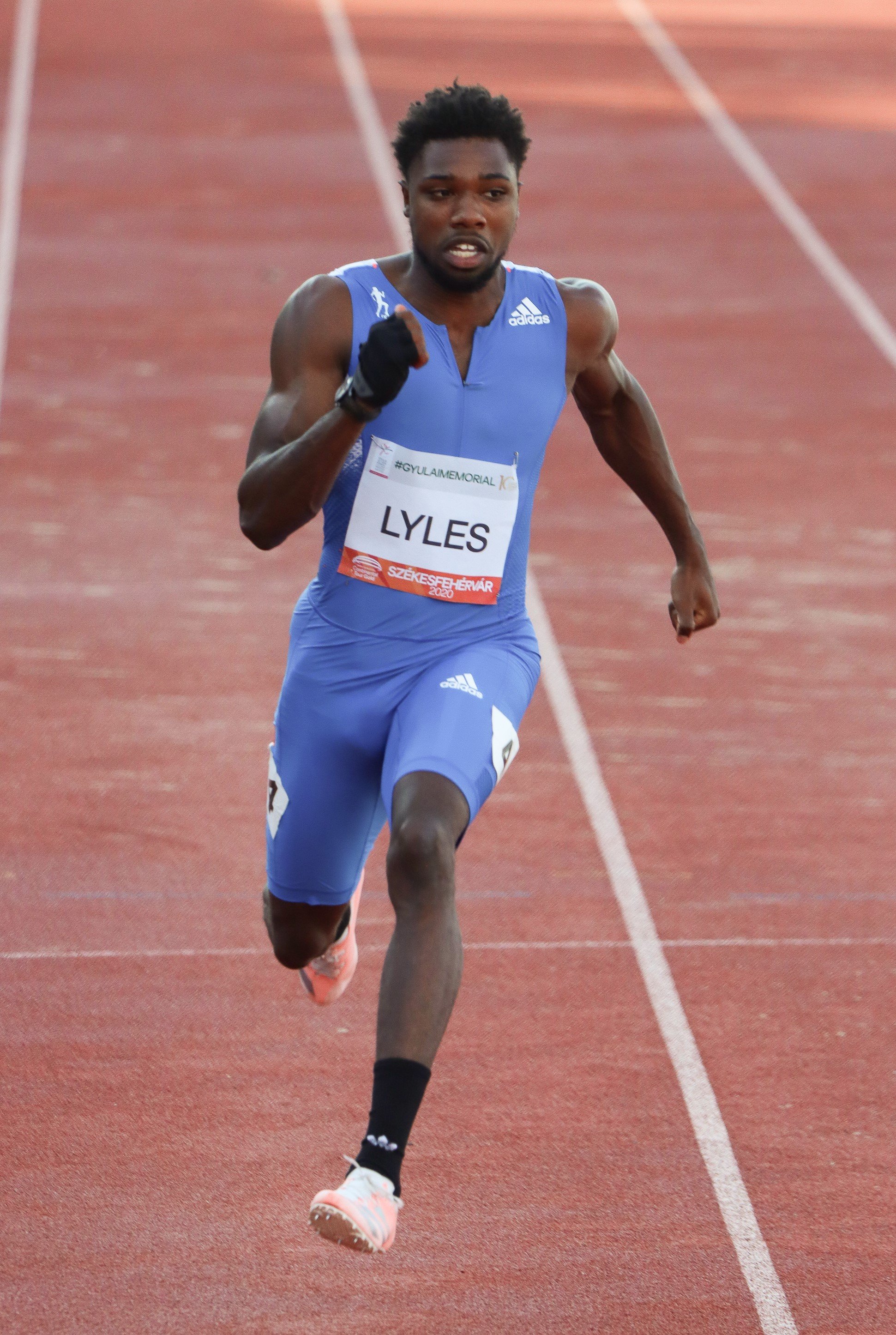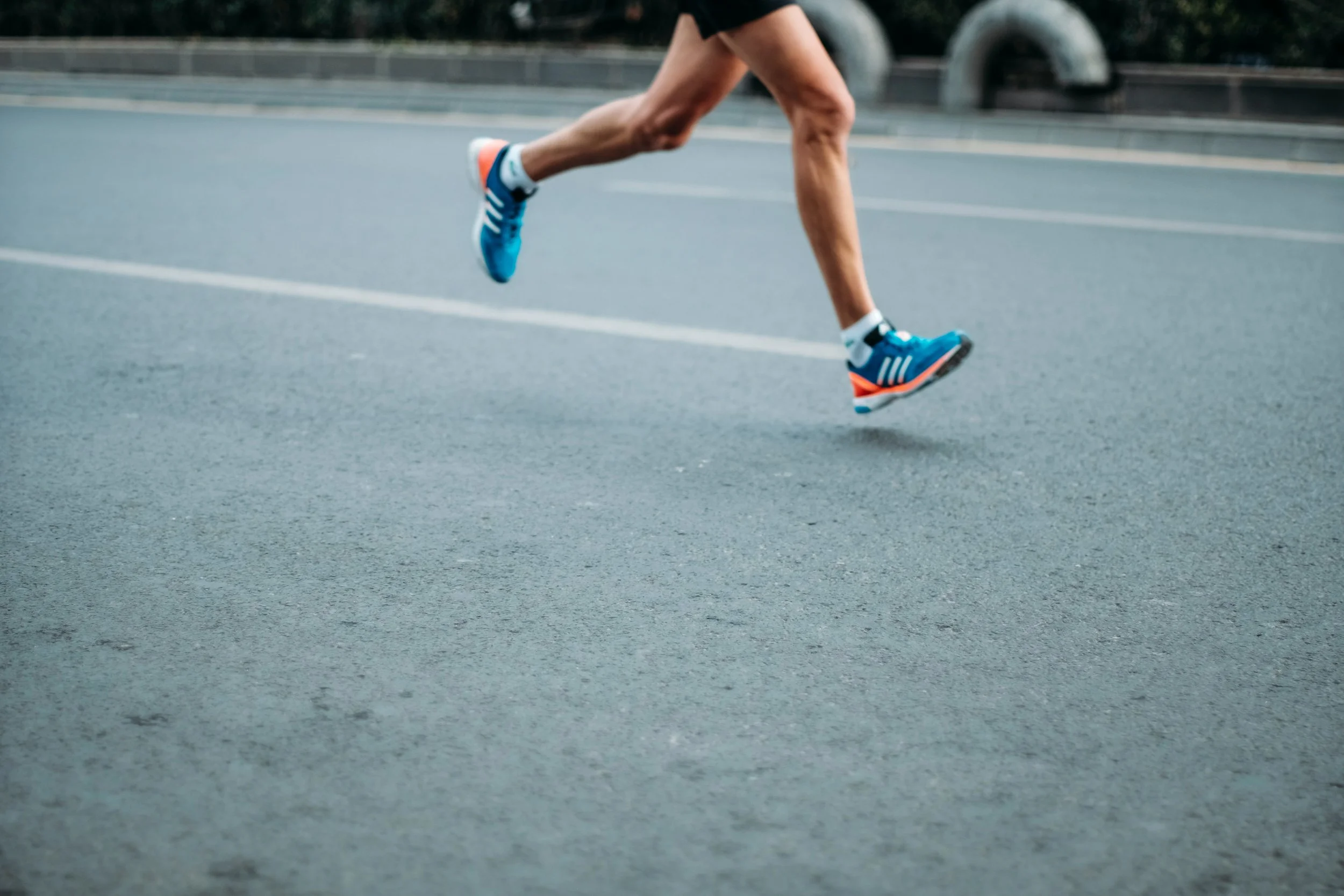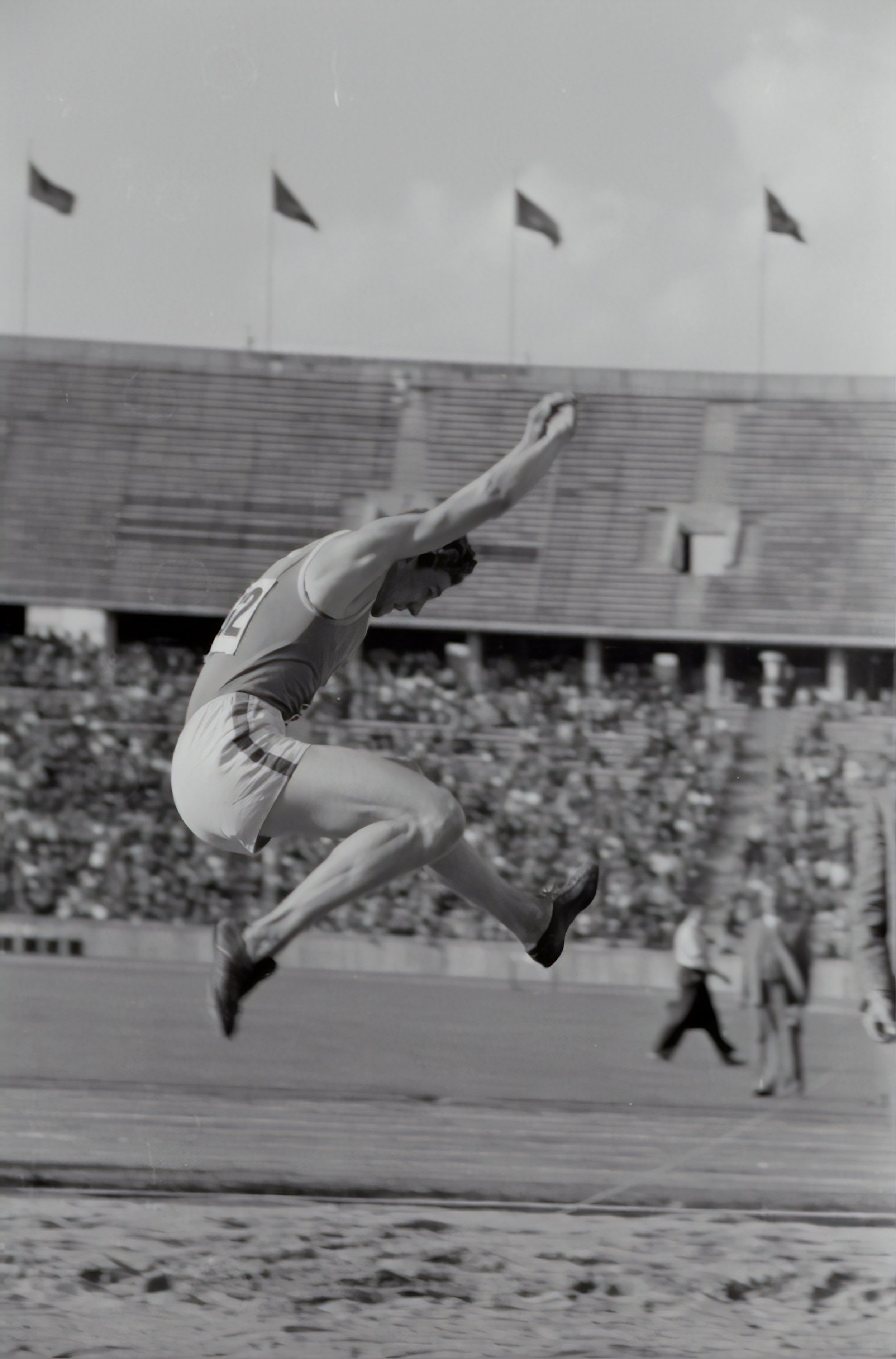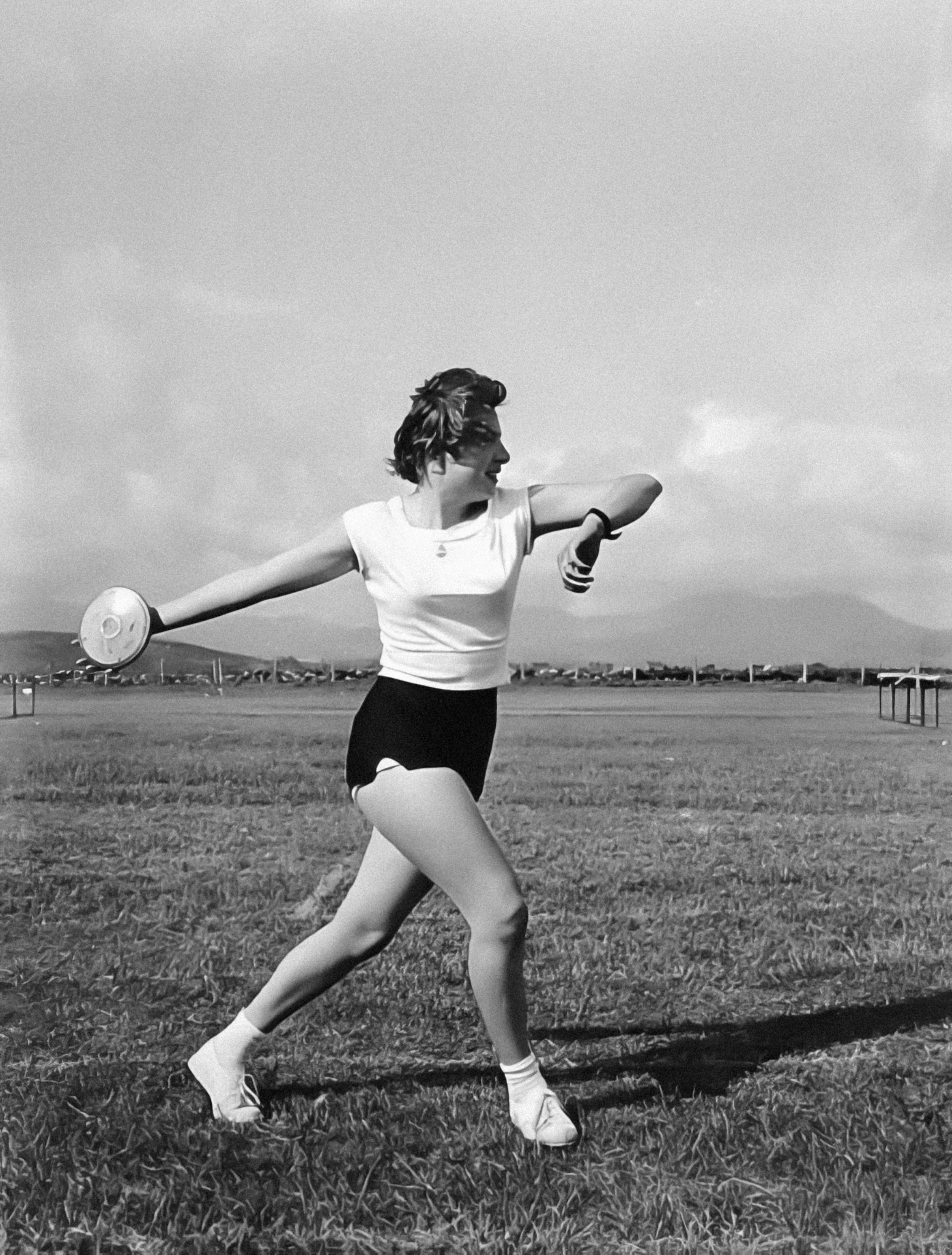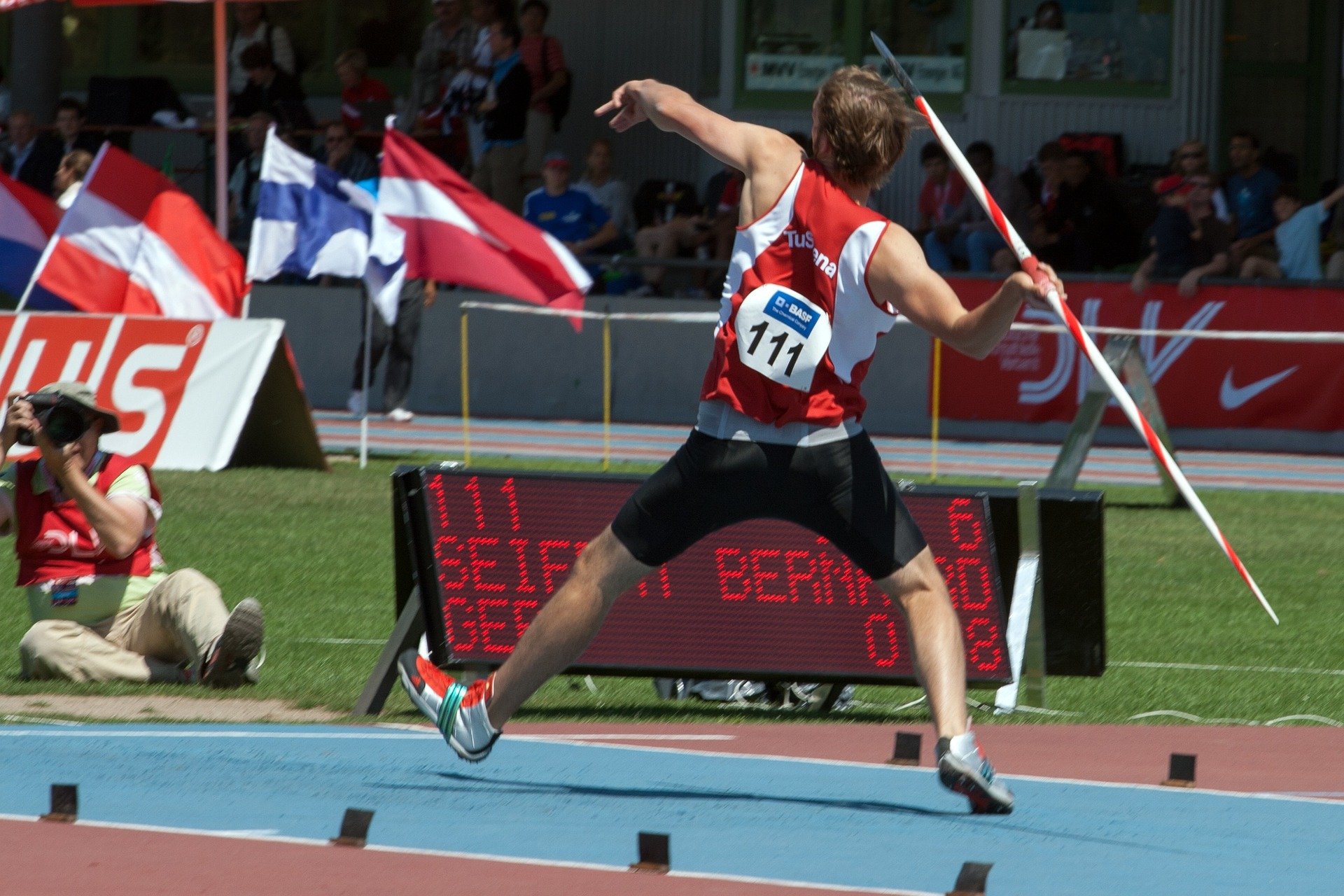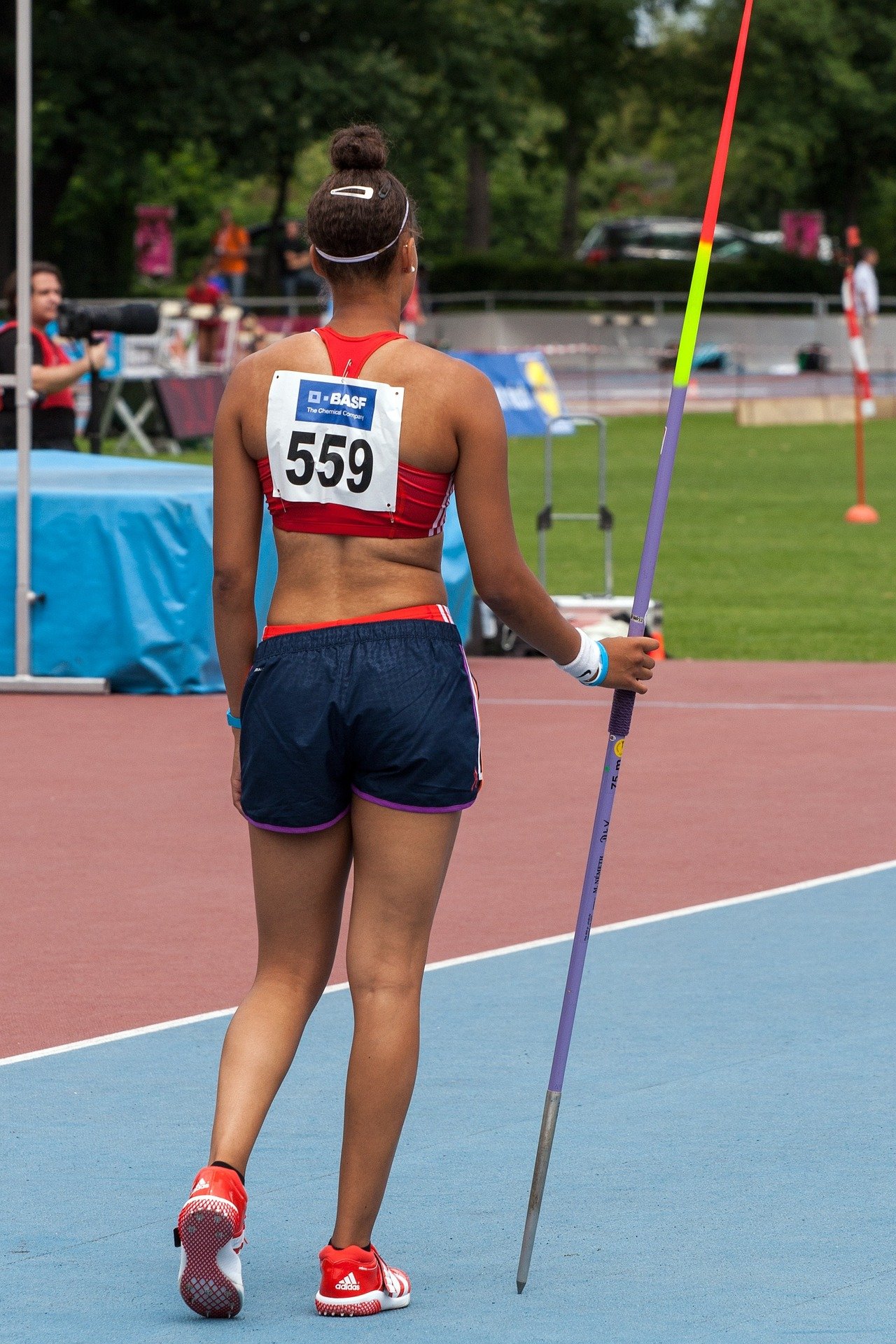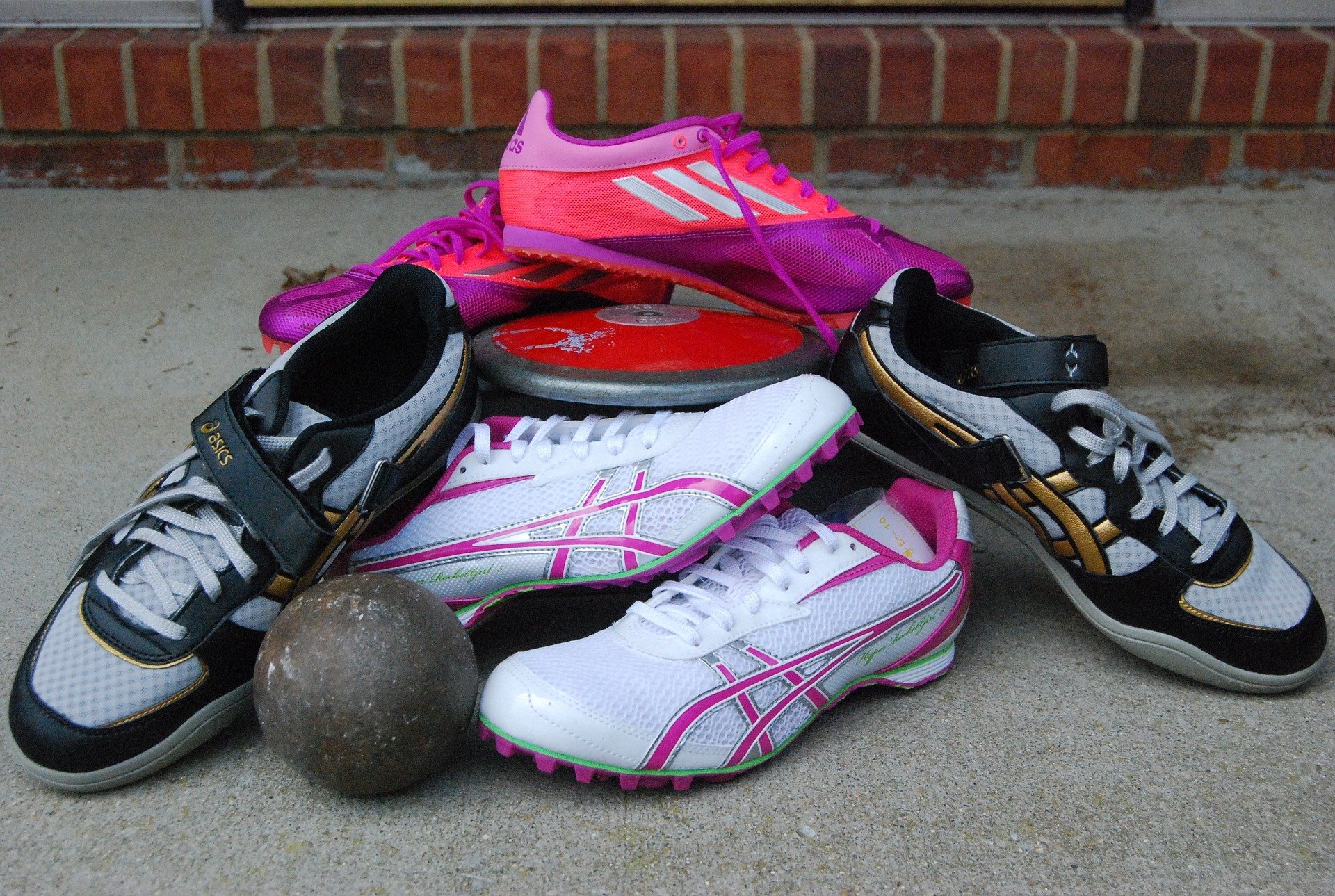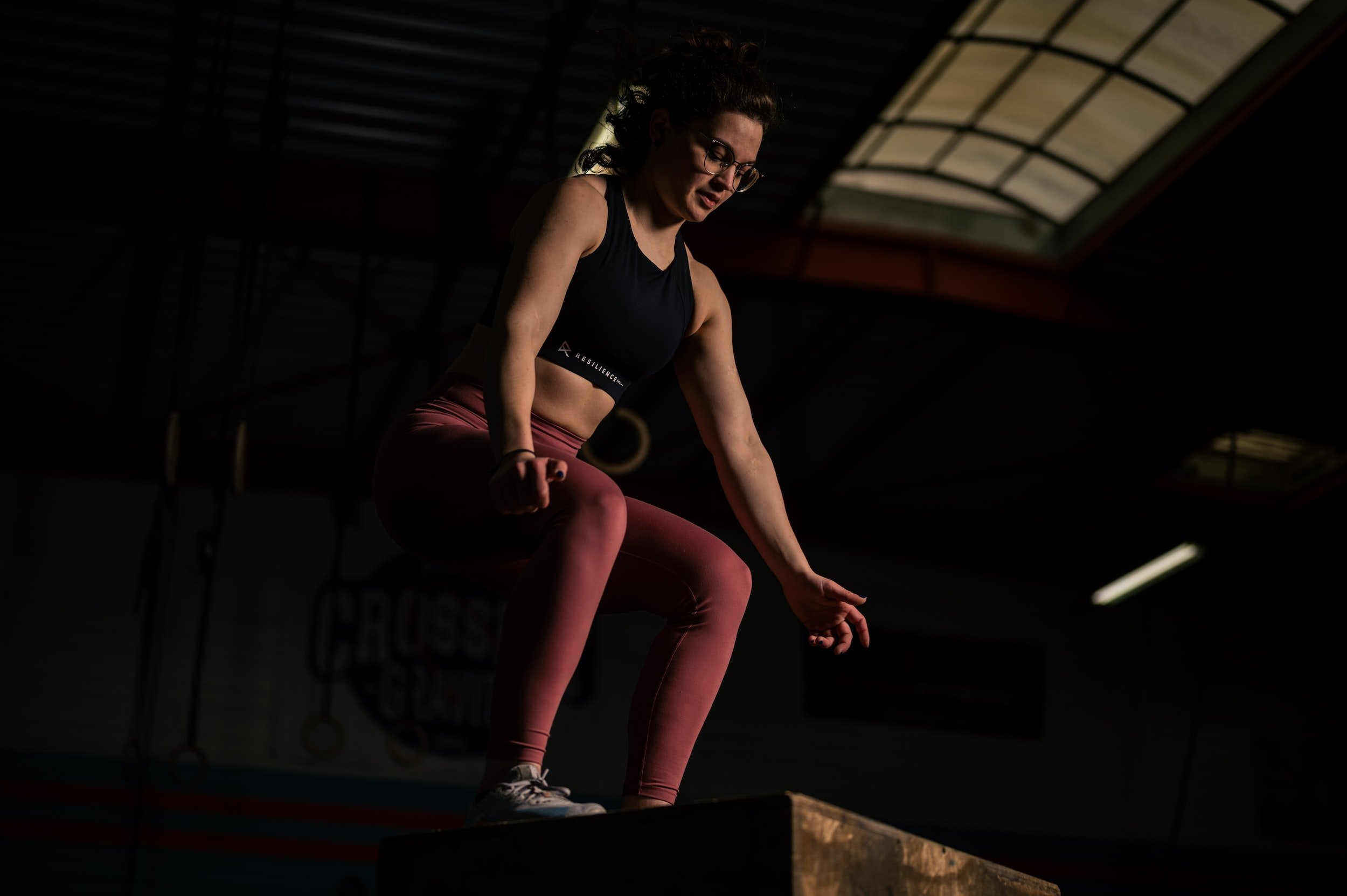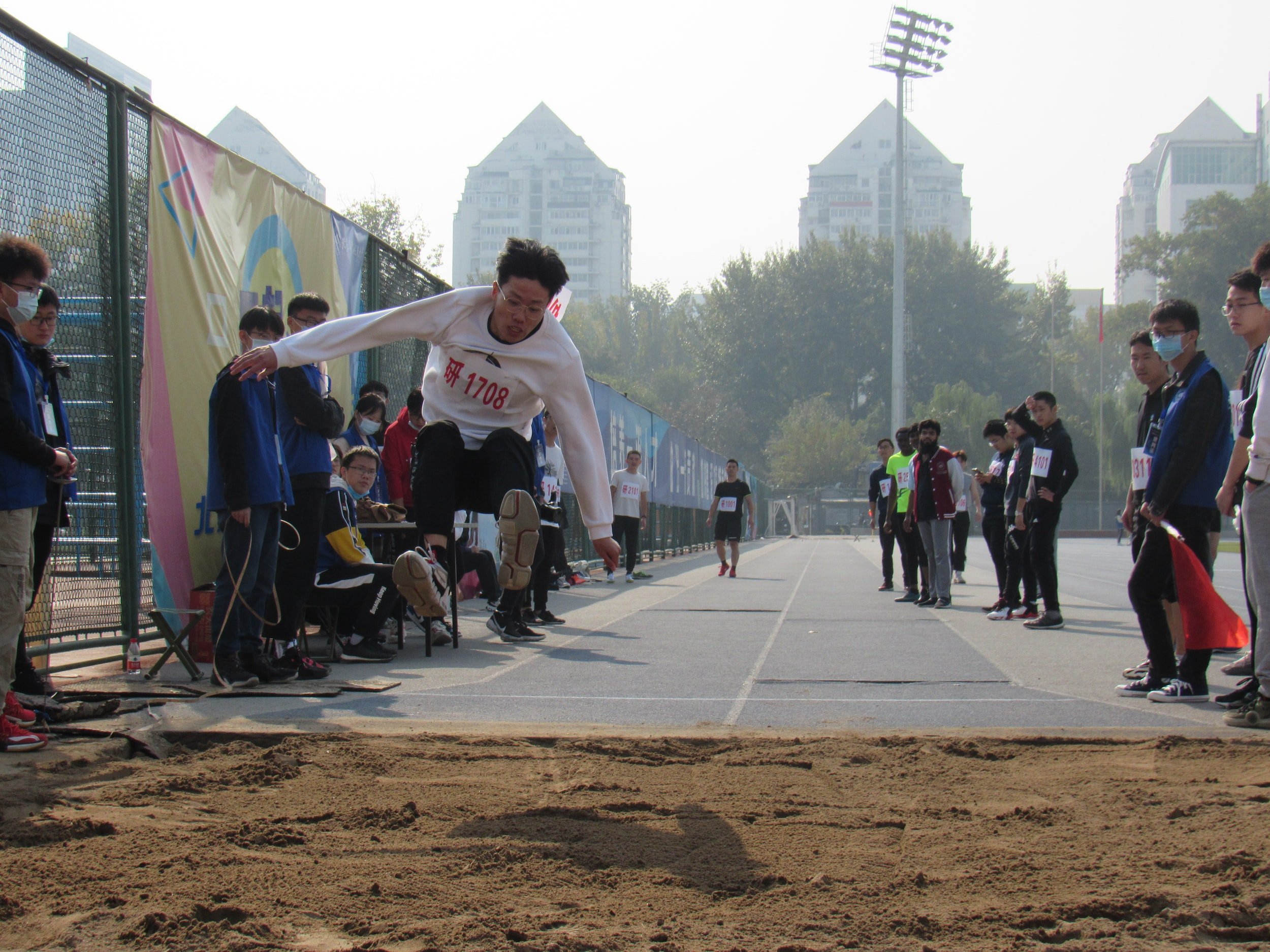Sydney McLaughlin's Ultimate At-Home Workout: Building Strength and Mobility for Peak Performance
Sydney McLaughlin, a distinguished track and field athlete known for her prowess in the 400-meter hurdles and her remarkable performance in global competitions, emphasizes the critical role of strength and mobility training in her routine. Even without the immediacy of races, she recognizes the importance of such workouts to prevent injuries and enhance overall performance.
Her training regimen is designed to build total-body strength, crucial for her preparation for the Tokyo Olympics. Interestingly, McLaughlin's approach demonstrates that effective workouts don't necessarily require traditional gym equipment. Instead, body weight exercises can provide a challenging workout that bolsters running performance and eases the physical demands of the sport.
Here's a look into Sydney McLaughlin's at-home workout routine, reflecting her focus on strength, mobility, and injury prevention:
Warm-Up
The warm-up consists of 10 minutes of easy running, biking, or jumping rope. This initial phase is crucial for gradually increasing the heart rate and blood flow to the muscles, preparing the body for more intense physical activity. It helps reduce the risk of injuries and can improve the effectiveness of the workout that follows.
Easy Running: Light jogging that gradually elevates the heart rate without causing excessive fatigue.
Biking: Cycling at a steady, comfortable pace to engage the leg muscles and boost circulation.
Jumping Rope: A dynamic activity that enhances coordination, agility, and cardiovascular health.
Static Stretching
Following the warm-up, static stretches aim to improve flexibility and muscle elasticity, which are vital for performance and injury prevention.
Quad Stretch: Standing on one leg, the other foot is brought to the buttocks, stretching the quadriceps at the front of the thigh. This stretch is essential for runners and athletes who rely on their leg strength.
Hamstring Stretch: Typically performed seated or standing, reaching towards the toes to stretch the back of the thigh. Hamstring flexibility is crucial for preventing strains and improving stride length.
Triceps Stretch: Raising one arm overhead, bending it so the hand reaches down the center of the back, and using the other hand to gently push on the elbow. This stretch targets the triceps and is important for upper body mobility.
Lower-Body Circuit
The lower-body circuit focuses on strengthening and stabilizing the legs and hips, crucial for runners and athletes requiring explosive power and endurance.
Squat: A fundamental exercise that targets the quads, hamstrings, glutes, and lower back. Proper form involves keeping the feet shoulder-width apart and bending the knees to lower the body as if sitting back into a chair.
Lateral Squat Walk: With or without a mini band around the thighs, this exercise involves squatting slightly and walking sideways. It's excellent for targeting the gluteus medius and thigh muscles, crucial for lateral movement stability.
Single-Leg Romanian Deadlift: Balancing on one leg, the body hinges at the hip, extending the free leg behind for balance. This exercise strengthens the hamstrings and improves balance and core stability.
Single-Leg Balance: Standing on one leg to challenge the body's balance and stability. This simple exercise activates the core and the stabilizing muscles around the ankle and knee.
Core Circuit
A strong core is essential for overall stability, balance, and power transfer throughout the body.
In-and-Out: Sitting on the floor with hands behind, lean back slightly and move the knees in towards the chest and then extend the legs out. This exercise targets the lower abdominal muscles.
Jackknife Crunch: Lying on the back, legs straight, and arms extended overhead, simultaneously lift the legs and upper body off the floor, reaching the hands towards the feet. This engages the entire core.
Forearm Plank Hip Dip: In a forearm plank position, rotate the hips to dip them side to side. This variation targets the obliques, adding a dynamic element to the plank.
Russian Twist: Sitting on the floor with knees bent, lean back slightly and rotate the torso from side to side, optionally holding a weight. This exercise emphasizes the rotational strength of the core.
Upper-Body Circuit
Upper-body strength is vital for maintaining good posture and efficiency in running and other sports.
Push-Up: A classic exercise that targets the chest, shoulders, triceps, and core. Keeping the body straight, lower it down towards the floor and push back up.
Triceps Dip: Using a bench or chair, with hands placed behind and feet extended forward, lower the body by bending the elbows to target the triceps. This exercise is crucial for upper body strength and muscle balance.
Incorporating this comprehensive workout into your routine can significantly enhance strength, mobility, and athletic performance, demonstrating the effectiveness of Sydney McLaughlin's approach to training.
McLaughlin's workout, lasting about half an hour, is ideally suited for cross-training days. It underscores the feasibility of conducting comprehensive strength and mobility sessions at home, eliminating the need for a gym. This routine is not only practical for elite athletes but also accessible for runners at all levels seeking to enhance their performance and resilience in the sport.


